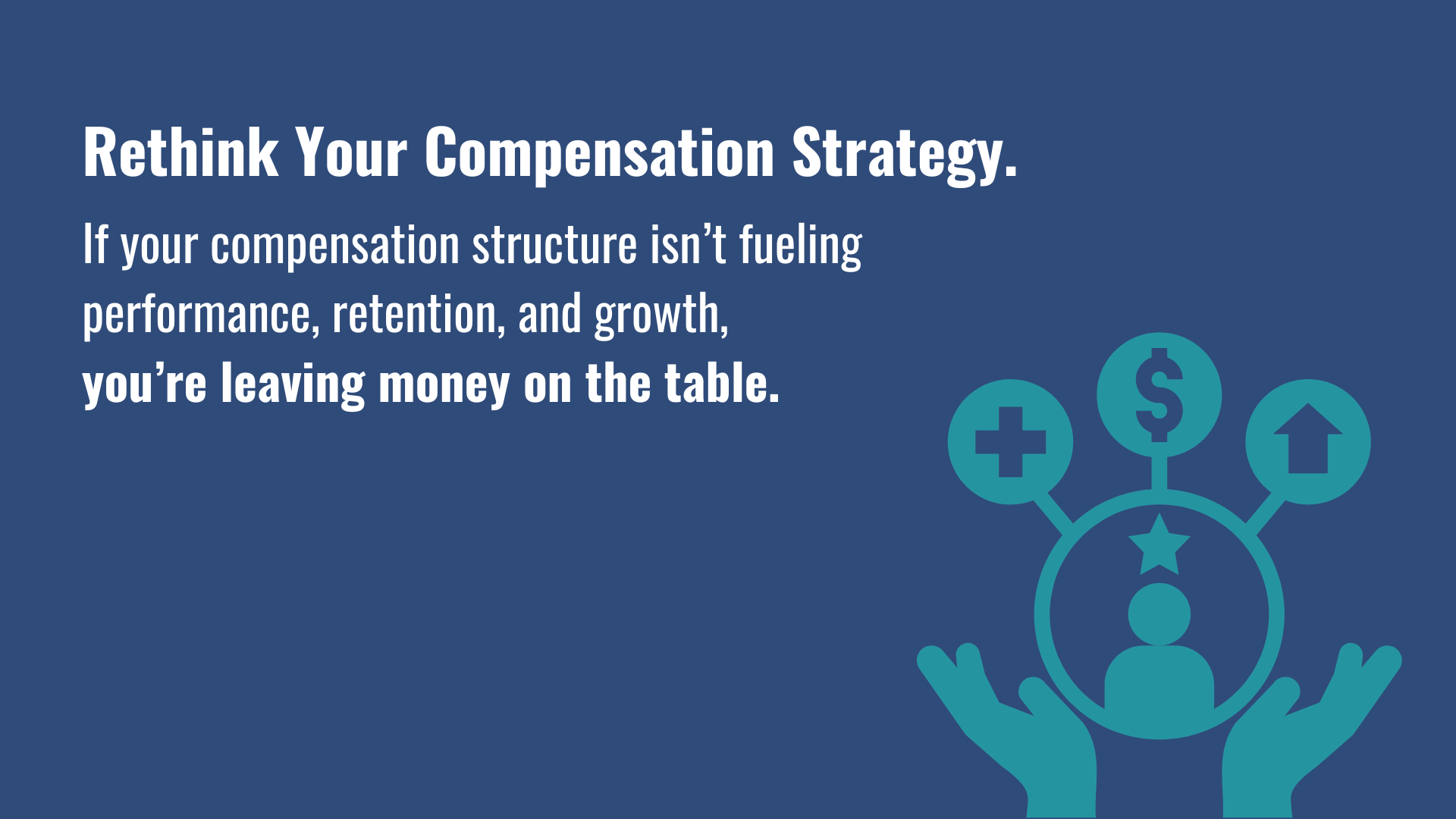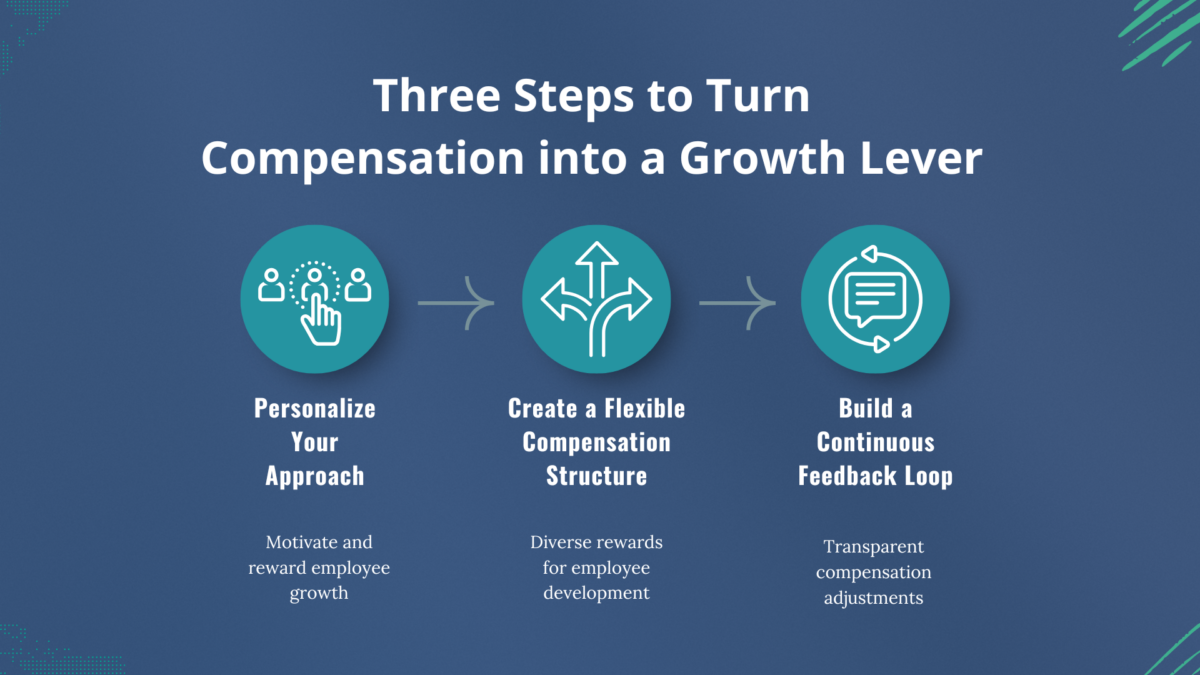
Most business owners think of compensation as an expense—just another line item on the balance sheet. But what if we told you that your compensation strategy is the key to unlocking unprecedented business performance?
In the construction and infrastructure industries, your workforce is your most valuable asset. Yet, too many companies fail to align compensation with business goals, leaving millions on the table in lost productivity, turnover, and disengagement.
A well-structured compensation strategy isn’t just about paying employees—it’s about motivating them to drive growth and success.
The Real Cost of a Broken Compensation Model
Most companies rely on traditional, outdated compensation structures that don’t connect individual performance with company success. The result?
- 50% lower productivity when employees feel disconnected from company goals
- 30-40% higher turnover rates when pay structures don’t motivate retention
- Significant revenue loss from disengaged teams who see their work as just a paycheck
When compensation is misaligned, employees don’t feel invested in the company’s future. They disengage, performance drops, and turnover skyrockets.
The good news? There’s a better way.
Compensation Is More Than Just a Paycheck
Your employees aren’t just working for a salary. They want to feel valued, motivated, and connected to a bigger vision.
A modern compensation strategy goes beyond just wages and benefits—it aligns with what actually drives your team:
✅ Some employees thrive on recognition and praise
✅ Others seek career growth and development opportunities
✅ Some value flexible schedules over a raise
The key is understanding what truly motivates each employee and structuring compensation accordingly.
3 Steps to Turn Compensation into a Growth Lever

It’s time to stop treating compensation like an expense and start using it as a strategic advantage. Here’s how:
1. Personalize Your Approach
- Conduct one-on-one motivation interviews to understand what drives each team member.
- Develop career progression pathways that give employees clear growth opportunities.
- Ensure pay reflects both performance and contribution to company goals.
2. Implement a Flexible Compensation Structure
- Mix financial and non-financial incentives (bonuses, training, leadership opportunities).
- Offer skill development programs to enhance employee value.
- Create clear career progression steps so employees know what’s next.
3. Build a Continuous Feedback Loop
- Hold regular check-ins to adjust compensation based on performance.
- Use goal-based rewards to encourage productivity.
- Ensure transparency—employees should know how they can earn more and advance.
Real-World Success: A Pavement Company’s Transformation
We worked with a pavement construction company struggling with high turnover and low morale. Their pay structure was outdated, failing to reward top performers or incentivize growth.
By implementing a personalized compensation strategy, they achieved:
🔹 45% reduction in turnover
🔹 Stronger employee engagement and retention
🔹 A culture of continuous improvement and performance
They didn’t just increase pay—they aligned compensation with company success, and the results spoke for themselves.
Your Next Step: Rethink Your Compensation Strategy
If your compensation structure isn’t fueling performance, retention, and growth, you’re leaving money on the table.

Ready to transform your pay strategy and unlock your company’s full potential?

About the Author
Jeani Ringkob is a third-generation contractor turned strategic advisor. As the founder of StoryBuilt Strategic Advisory & Marketing, she helps construction businesses turn compensation from a cost center into a growth driver.

